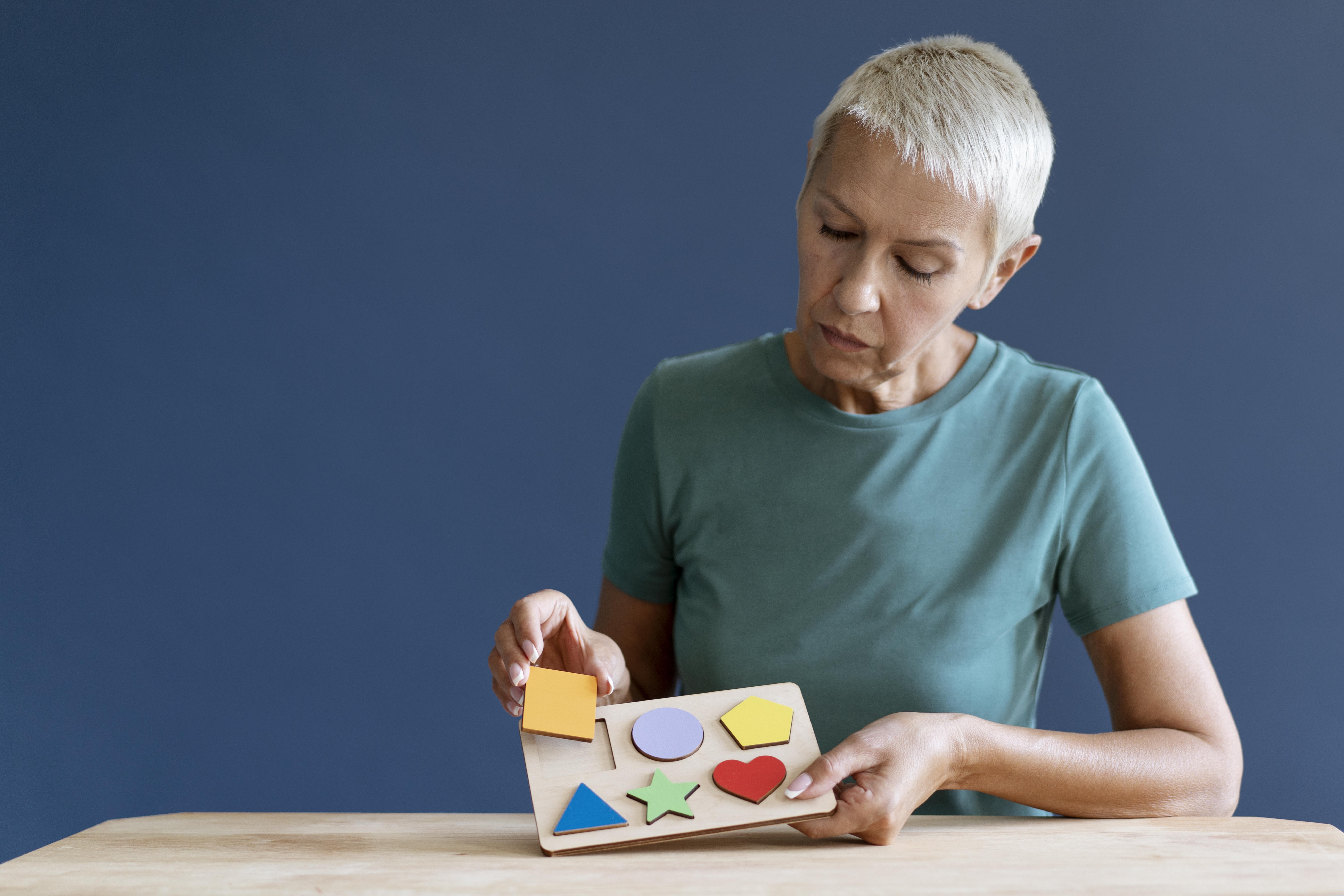In today’s fast-paced world, it’s easy to feel distracted, overwhelmed, or mentally exhausted. But what if there’s more to it than just a busy schedule or modern-day stress? For many, these feelings may actually be symptoms of Attention Deficit Hyperactivity Disorder—commonly known as ADHD. And thanks to free self-tests now widely available online, taking the first step towards clarity and understanding has never been easier.
Why Consider an ADHD Self-Test?
ADHD often goes undiagnosed, especially in adults. Many people spend years feeling “different” or struggling with focus, impulsivity, or restlessness, without realising there’s a name for what they’re experiencing. A self-test offers a private, pressure-free way to explore whether these challenges could be linked to ADHD.
It’s not about labelling yourself—it’s about gaining insight. Self-tests can help you reflect on your attention span, memory, motivation, and emotional regulation. These tools provide a helpful first glance into patterns that might otherwise go unnoticed or be dismissed as personality traits.
Accessible, Quick, and Empowering
One of the biggest strengths of a self-test is how accessible it is. Many of them are free, take less than 10 minutes to complete, and offer immediate results. They’re a brilliant starting point for anyone curious about ADHD—whether you’re exploring it for yourself, your child, or someone you care about.
Think of it as a gateway. A self-test won’t diagnose you (only a healthcare professional can do that), but it can give you the confidence and language to start a conversation with your GP, therapist, or even your employer if needed.
What Do These Tests Involve?
Most ADHD self-tests are based on clinical research and ask you to rate how often you experience certain behaviours—like forgetfulness, difficulty sitting still, or trouble completing tasks. The questions are designed to be thought-provoking, encouraging you to connect the dots in your daily habits and emotions.
They’re not about getting a “right” or “wrong” score. Rather, they help you better understand how your brain might work differently—and that knowledge alone can be empowering.
Breaking the Stigma Through Self-Awareness
ADHD is often misunderstood, with outdated myths suggesting it only affects hyperactive young boys. In truth, ADHD affects people of all ages, genders, and backgrounds. Many adults live with undiagnosed ADHD, having spent years compensating or blaming themselves for challenges they couldn’t explain.
By taking a self-test, you’re not just gaining answers—you’re also helping to break the stigma. Self-awareness is a powerful act. It’s the beginning of acceptance, and sometimes, the catalyst for positive change in your mental health journey.
Next Steps After a Self-Test
If your results suggest you may have traits of ADHD, don’t panic. This doesn’t mean you’re broken or flawed—it simply means there may be an opportunity to understand yourself better and seek appropriate support. A good next step is to speak with a healthcare professional who can guide you through formal assessment options.
Many people also find comfort and community in reading about others’ experiences, joining support groups, or using wellbeing apps that offer tools tailored for focus, mood, and motivation.
Final Thought
Self-tests are not just tick-box exercises—they are mirrors. They reflect back the parts of ourselves we may have ignored or misunderstood. Whether or not you pursue a formal diagnosis, taking a free ADHD self-test is a bold step towards self-discovery. And that, in itself, is something to be proud of.



